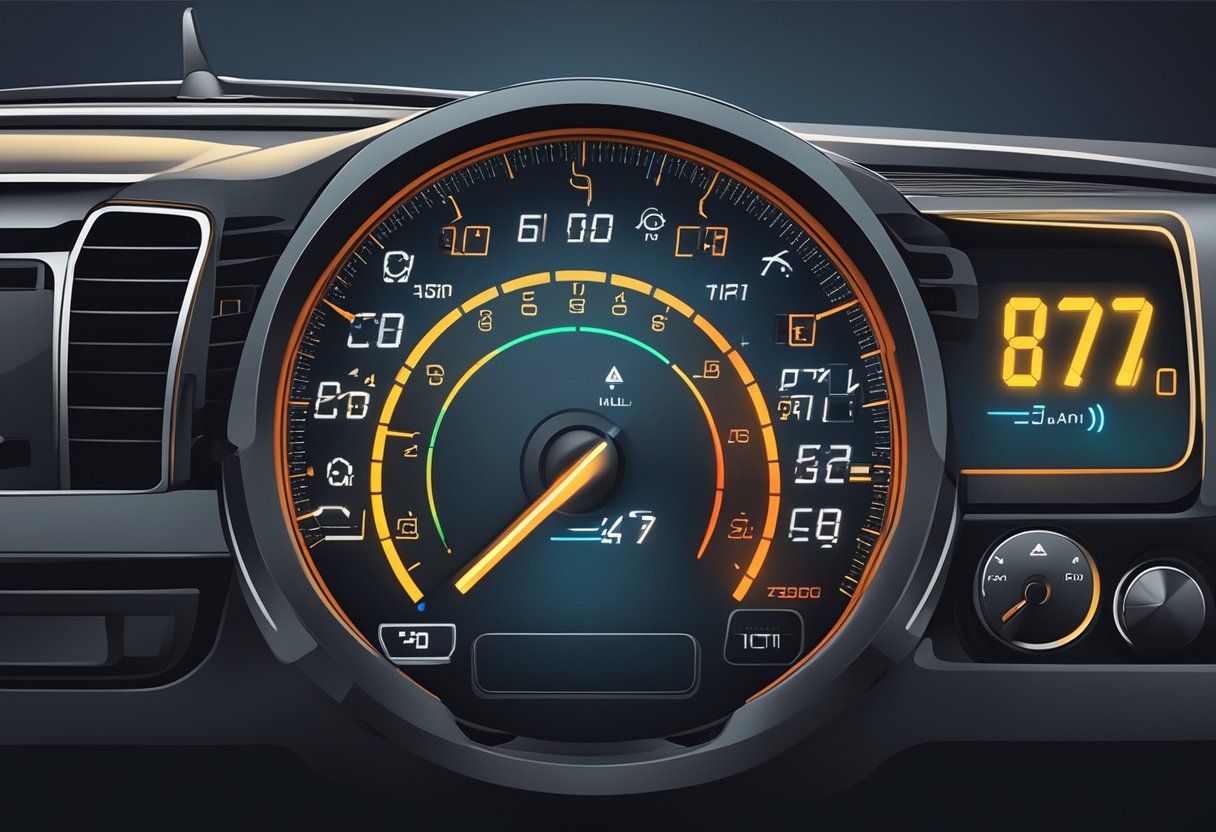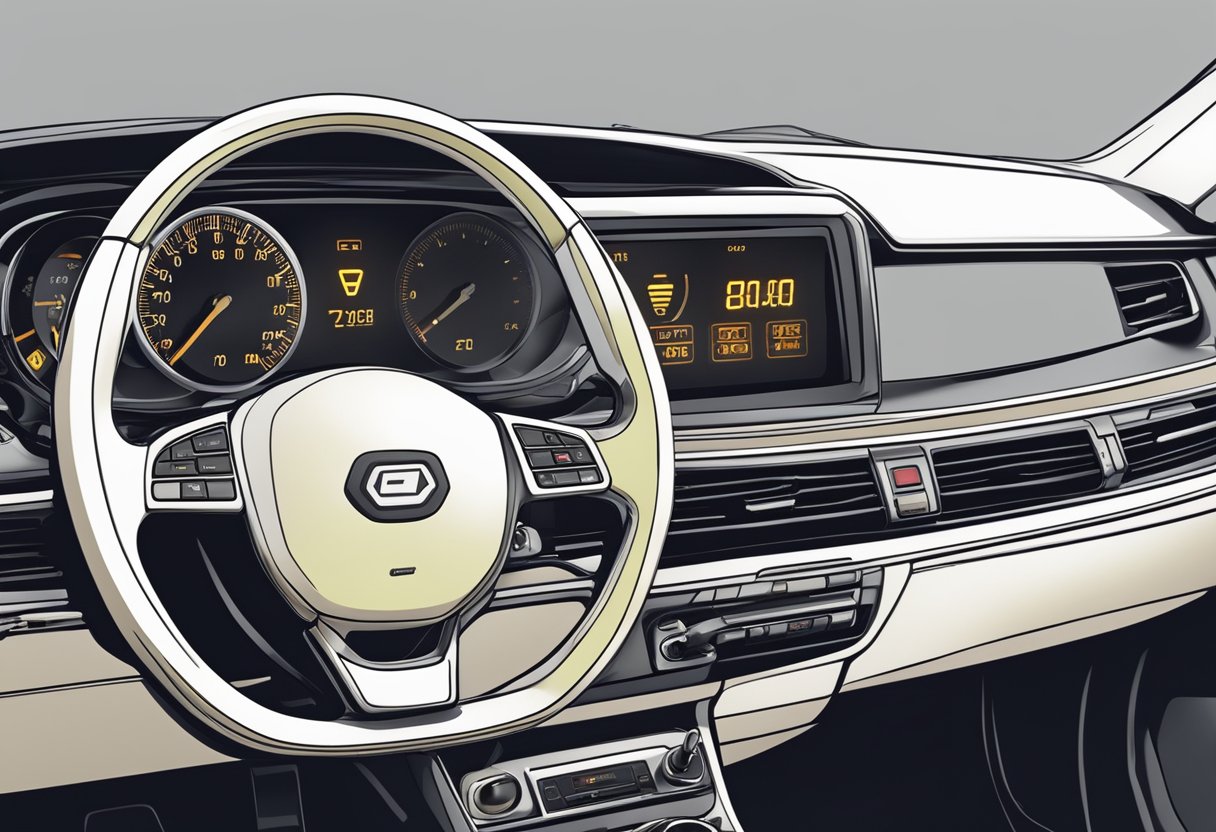If you’re driving a car and the check engine light comes on, it can be an unsettling experience. One of the most common reasons for the check engine light to illuminate is a problem with the transmission. If you plug in an OBD-II scanner and see the P0700 code, it means that there is an issue with the transmission control system.
The transmission control system is responsible for managing the transmission’s shifting and other functions. When the system detects a problem, it sets the MIL (Malfunction Indicator Lamp) and generates the P0700 code. While the code itself doesn’t tell you exactly what the problem is, it does provide a starting point for diagnosis.
In this article, we’ll unpack the P0700 code and help you understand what it means for your transmission. We’ll cover the basics of the transmission control system, what the code means, and what you can do to diagnose and fix the issue. Whether you’re a DIY mechanic or just looking to understand what’s going on under the hood, this article will provide you with the knowledge you need to tackle the P0700 code and keep your transmission running smoothly.
Understanding P0700 Code
Definition and Significance
The P0700 code is a diagnostic trouble code that indicates a problem with the transmission control system. It is a general alert that there is a problem with the transmission, but it does not specify the exact nature of the issue. The code is often accompanied by specific transmission codes that can help diagnose the problem.
When the transmission control module (TCM) detects a problem with the transmission parameters, it communicates with the engine control module (ECM) to set the Malfunction Indicator Lamp (MIL) when the fault is detected. The MIL is also known as the Check Engine Light (CEL).
Ignoring the P0700 code can result in serious drivability problems now and in the future. Therefore, it is important to diagnose and fix the problem as soon as possible.
Common Causes of P0700
There are several common causes of the P0700 code. These include:
- Faulty TCM
- Faulty wiring or connections
- Outdated software or firmware
- Transmission fluid leaks
- Dirty or clogged transmission fluid
- Mechanical problems with the transmission
To accurately diagnose the problem, the technician should check for all codes present. Once the problem is identified, the possible resolutions include TCM replacement, replacing faulty wiring, conducting regular software updates, or seeking professional help if unfamiliar with the process.
In summary, the P0700 code is a general alert that there is a problem with the transmission control system. It is important to diagnose and fix the problem as soon as possible to avoid serious drivability problems. The common causes of the P0700 code include faulty TCM, faulty wiring or connections, outdated software or firmware, transmission fluid leaks, dirty or clogged transmission fluid, and mechanical problems with the transmission.
Symptoms and Diagnosis
Identifying Symptoms
If you find that the transmission control system of your vehicle is malfunctioning, the P0700 code will be triggered. This means that there is an issue with the transmission control system, but it does not specify the exact nature of the problem. You may notice that the transmission is not shifting properly, or there may be a delay in shifting. In some cases, you may experience a complete loss of power to the wheels. Other symptoms may include harsh shifting, slipping, or overheating of the transmission.
Diagnostic Process
To diagnose a P0700 code, you need to use a scan tool that can communicate with the engine control module (ECM). The scan tool will retrieve the code and any freeze frame data, which can help you identify the conditions that caused the code to be triggered. You will then need to perform a series of tests to determine the exact nature of the problem.
Common Diagnosis Mistakes
One common mistake when diagnosing a P0700 code is to assume that the problem is with the transmission itself. While there may be an issue with the transmission, the problem could also be with the wiring or the transmission control module (TCM). Another mistake is to assume that the code is not serious and can be ignored. This is not the case, as ignoring the code can lead to serious drivability issues in the future.
Overall, diagnosing a P0700 code requires a thorough understanding of the transmission control system and the diagnostic process. By using a scan tool and performing the necessary tests, you can identify the exact nature of the problem and take the necessary steps to fix it.
Transmission Control System Components
When it comes to the transmission control system, there are several components that work together to ensure that your vehicle runs smoothly. Understanding these components is essential in diagnosing and fixing issues with your transmission. In this section, we’ll take a closer look at the role of the TCM, shift solenoids and valve body, and sensors and wiring harness.
The Role of the TCM
The Transmission Control Module (TCM) is the brain of the transmission control system. It receives information from various sensors and uses this data to determine the appropriate gear to engage. The TCM also controls the shift solenoids, which are responsible for shifting gears. If the TCM detects a problem with the transmission, it will often trigger the P0700 code.
Shift Solenoids and Valve Body
Shift solenoids are electro-hydraulic valves that control the flow of transmission fluid. They are responsible for engaging and disengaging the gears in the transmission. The valve body is the housing for the shift solenoids and other valves that control the flow of transmission fluid. If there is a problem with the valve body or shift solenoids, it can cause issues with shifting or cause the P0700 code to be triggered.
Sensors and Wiring Harness
Sensors are used throughout the transmission control system to provide data to the TCM. These sensors include the speed sensor, range sensor, and temperature sensor. The wiring harness connects the sensors to the TCM and ensures that the data is transmitted accurately. If there is a problem with the sensors or wiring harness, it can cause issues with shifting or cause the P0700 code to be triggered.
It’s important to note that the transmission fluid is also a critical component of the transmission control system. The fluid cools and lubricates the transmission, and without it, the transmission can quickly become damaged. Low or contaminated transmission fluid can also cause issues with shifting or trigger the P0700 code.
Understanding the role of these components is essential in diagnosing and fixing issues with your transmission. If you’re experiencing problems with your transmission or have received the P0700 code, it’s important to have your vehicle inspected by a qualified mechanic.
Can a Torque Converter Clutch Circuit Issue Cause a P0700 Transmission Control System Alert?
Yes, a torque converter clutch circuit issue can cause a P0700 transmission control system alert. Understanding torque converter clutch circuit is essential for diagnosing and repairing such issues. It is integral to the proper functioning of the transmission control system and failure can lead to warning alerts like P0700.
Repair and Troubleshooting
If you have received a P0700 code, it is important to start the troubleshooting process immediately. Here are some steps you can take to diagnose and fix the issue.
Fixing Common P0700 Issues
The most common cause of a P0700 code is a problem with the transmission control system. This can be caused by a number of issues, including faulty wiring, a bad shift solenoid, or a failing transmission. If the transmission fluid level is low or contaminated, this can also trigger the P0700 code.
One of the first things you should do is check the transmission fluid level. If the fluid level is low, you can add more fluid to bring it up to the proper level. If the fluid is dirty or contaminated, you may need to have the transmission fluid changed.
Another common cause of a P0700 code is a faulty shift solenoid. If this is the case, you will need to have the solenoid replaced. This is a relatively simple repair that can be done by a qualified mechanic.
When to Consult a Mechanic
If you have checked the transmission fluid level and it is at the proper level, and the shift solenoid has been replaced, but you are still experiencing issues, it may be time to consult a mechanic. The problem could be more serious, such as a failing transmission.
When you take your vehicle to a mechanic, they will perform a visual inspection of the transmission and related components. They may also use a diagnostic tool to read the trouble codes and determine the cause of the problem.
The cost of repairing a P0700 code can vary depending on the cause of the problem. If it is a simple fix, such as replacing a shift solenoid, the cost will be relatively low. However, if the problem is more serious, such as a failing transmission, the cost can be much higher.
In conclusion, if you receive a P0700 code, it is important to take action immediately. Check the transmission fluid level and replace the shift solenoid if necessary. If the problem persists, consult a mechanic to diagnose and repair the issue.
Prevention and Maintenance
To prevent transmission problems and avoid the P0700 code, regular check-ups and maintenance are essential. Here are some preventive measures you can take to ensure your transmission stays in good condition:
Regular Check-Ups
Regular check-ups are crucial to ensure that your transmission is working correctly. It is recommended to have your transmission checked every 30,000 to 60,000 miles, depending on the make and model of your vehicle. During the check-up, a mechanic will inspect the transmission for any signs of wear and tear, leaks, or damage. They will also check the transmission fluid level and condition.
Transmission Fluid Management
Transmission fluid is essential to keep your transmission running smoothly. It lubricates the moving parts and helps to keep the transmission cool. Over time, the fluid can become contaminated or break down, leading to transmission problems. To prevent this, it is recommended to have your transmission fluid changed every 30,000 to 60,000 miles, depending on the make and model of your vehicle.
When changing the transmission fluid, it is also important to replace the filter. The filter helps to keep the fluid clean and free of debris. A clogged filter can lead to transmission problems and even damage.
In addition to regular check-ups and transmission fluid changes, there are other preventive measures you can take to keep your transmission in good condition. These include avoiding sudden stops and starts, not overloading your vehicle, and avoiding high speeds. By following these tips and taking good care of your transmission, you can avoid transmission problems and the P0700 code.
As an Amazon Associate we earn from qualifying purchases.















